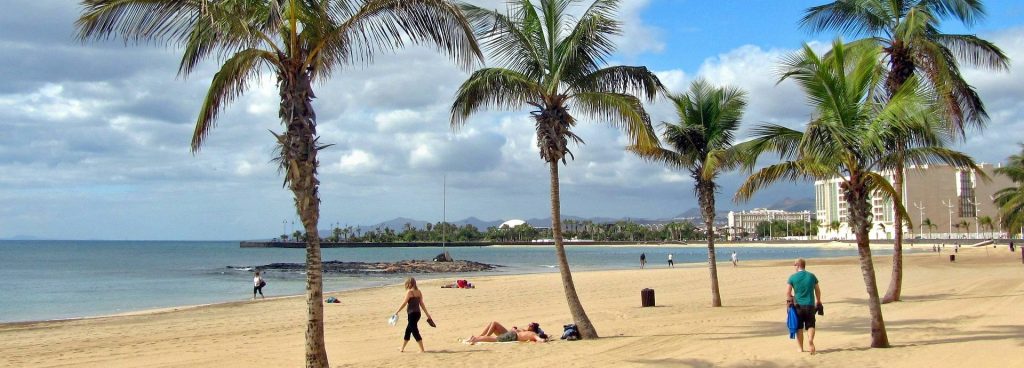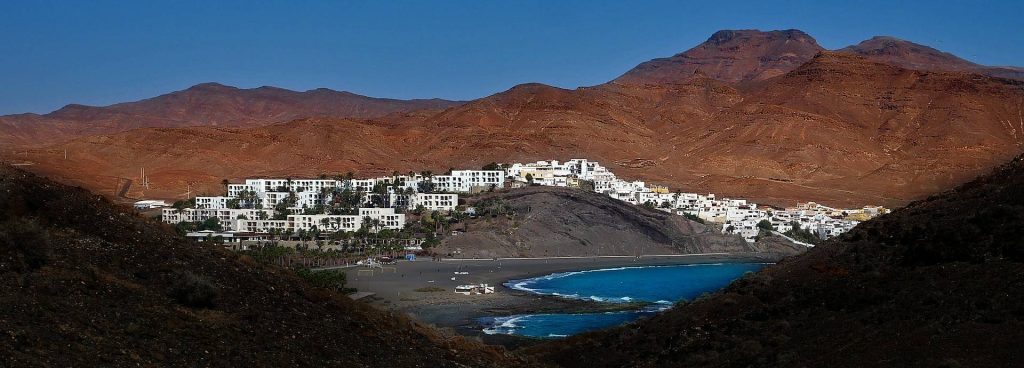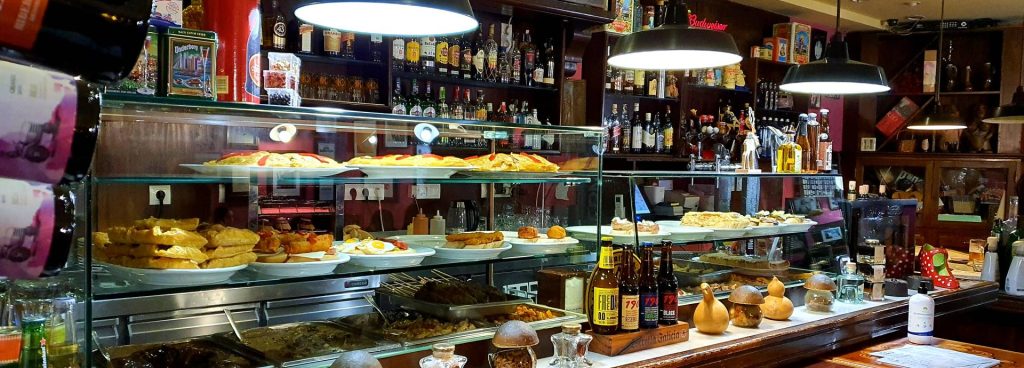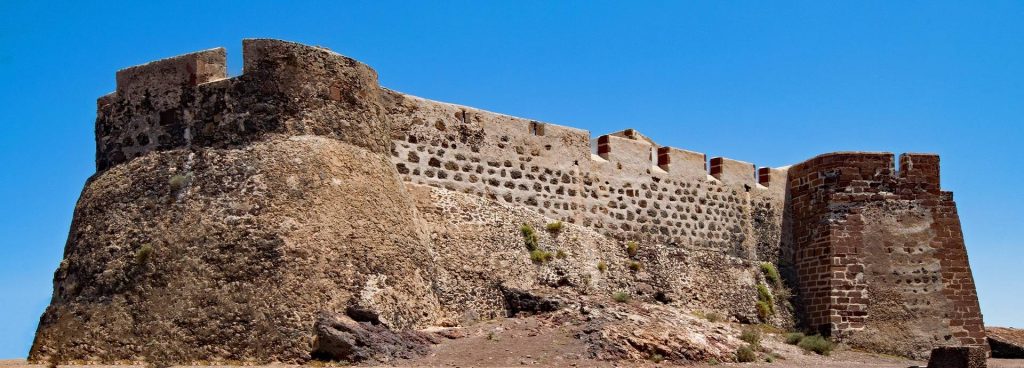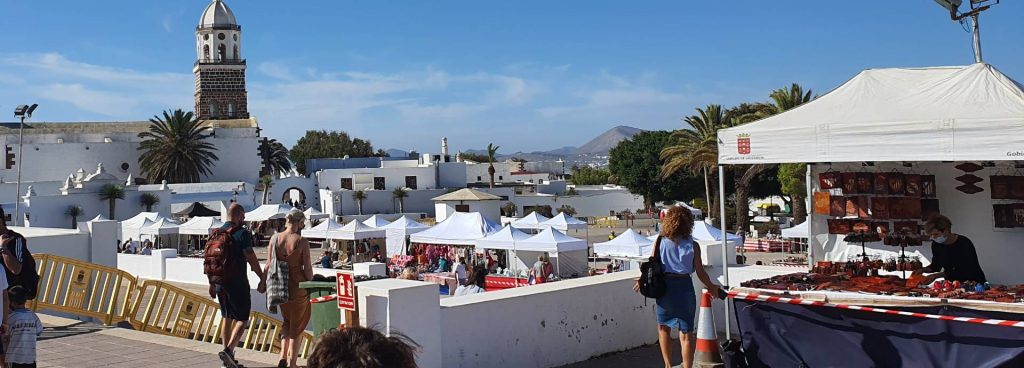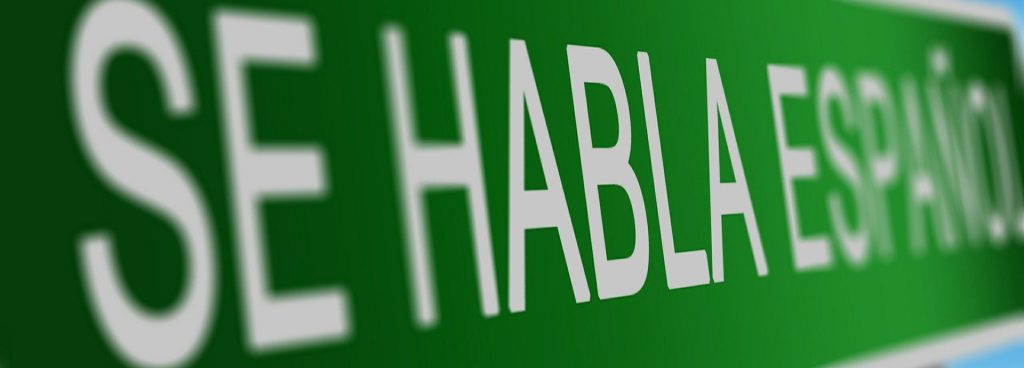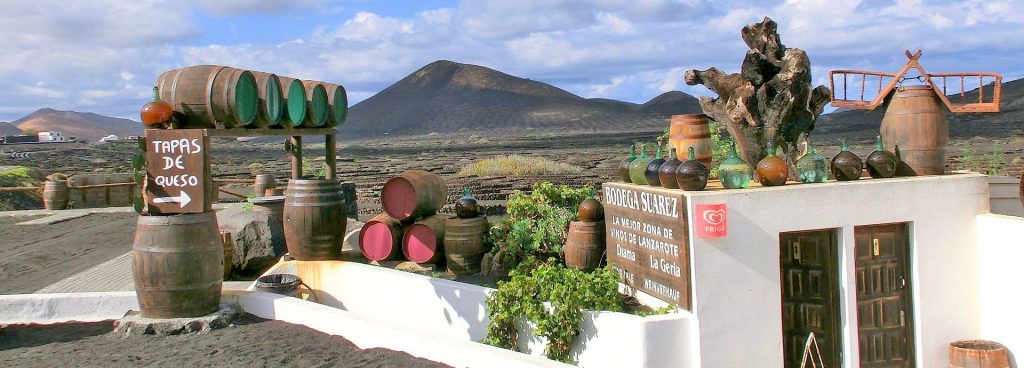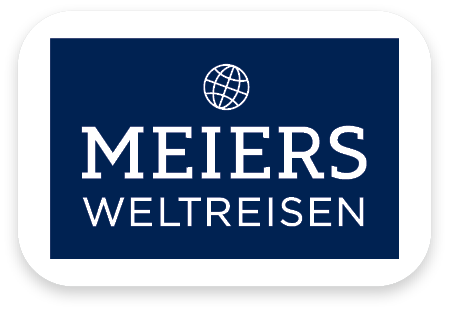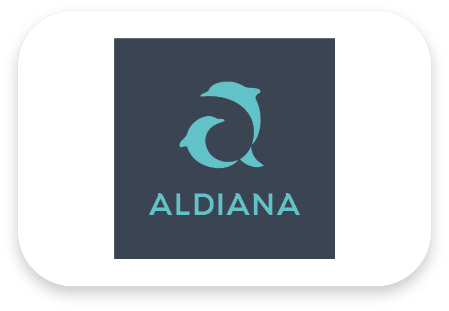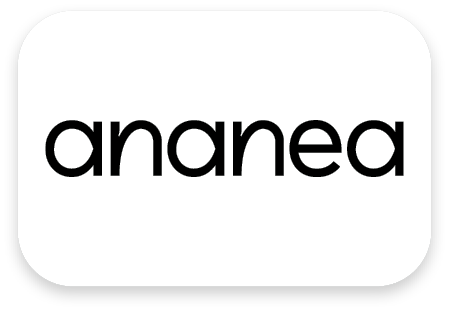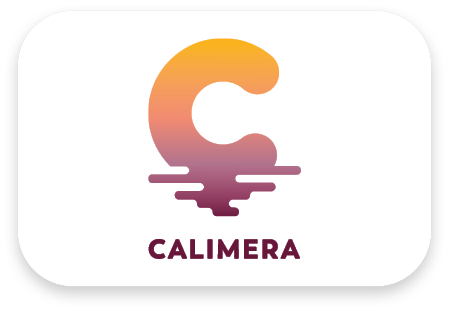| Approx. 3000 BC Chr .: |
The Canary Islands were settled from North Africa, and the Guanches' kingdom emerged. |
| From 1000 BC. Chr .: |
In antiquity, a myth arises about the islands: they are alternately taken for the sunken Atlantis (Plato), the Elysee fields (Homer), the gardens of the Hesperides (Herodotus) or the Happy Islands (Virgil). |
| By 1000 AD: |
The islands "at the end of the world" are visited by Roman and Arab sailors who, however, do not settle down. |
| 1344: |
Pope Clement VI appoints the Spaniard Luis de la Cerda King of the Canary Islands. The title is irrelevant as the islands do not seem to have any riches. |
| 1402-1405:
|
The Norman Jean de Betancourt conquered Lanzarote, Fuerteventura, El Hierro and La Gomera for the Spanish crown. The indigenous people put up bitter resistance. |
| 1492: |
In search of a shorter sea route to India, Christopher Columbus calls at the La Gomera outpost to take water and provisions on board. In the same year he discovered America. |
| 1500-1700:
|
Spaniards, especially Andalusians, and Portuguese colonize the islands. They bring wine and sugar cane. |
| 1657: |
Defeat Admiral Blake's fleet. |
| 1706: |
Victory over the ships of the English Admiral Jennings during the War of the Spanish Succession. |
| 1797: |
The English admiral and naval hero Horatio Nelson is defeated and loses his right arm while attempting to conquer Santa Cruz de Tenerife. |
| 1852: |
The Spanish government has declared the most remote Spanish islands a free trade zone. As a result, you will experience an economic upturn, from which the port cities of Santa Cruz de Tenerife and Las Palmas de Gran Canaria in particular benefit. |
| 1912: |
With the Cabildos Insulares, the self-government of the islands, the Canary Islands get greater independence from Madrid. |
| 1927: |
Two provinces emerge: Santa Cruz de Tenerife (west) and Las Palmas de Gran Canaria (east). |
| 1936: |
General Francisco Franco, posted to Tenerife, dares to make the leap to Morocco, from where he begins the Spanish Civil War (1936-1939). He ruled Spain dictatorially until his death in 1975. |
| Around 1950: |
Timid beginning of tourism. In 1957, charter flights began. The closure of the Suez Canal by President Gamal Abd el Nasser is also revitalizing the shipping routes along the African coast and thus the ports of Santa Cruz and Las Palmas. |
| 1975: |
With the death of Franco and the end of the dictatorship, the Canaries demanded greater independence from the central government in Madrid. |
| 1982: |
With the publication of the autonomy laws, the islands become an autonomous region of Spain. |
| 1985: |
The Canary Islands have a special status within the European Community. |

